My predominantly native Hunter Valley garden is feeling the pressure of no rain. While it looks quite beautiful in the misty morning, the mist hasn’t translated into rain. 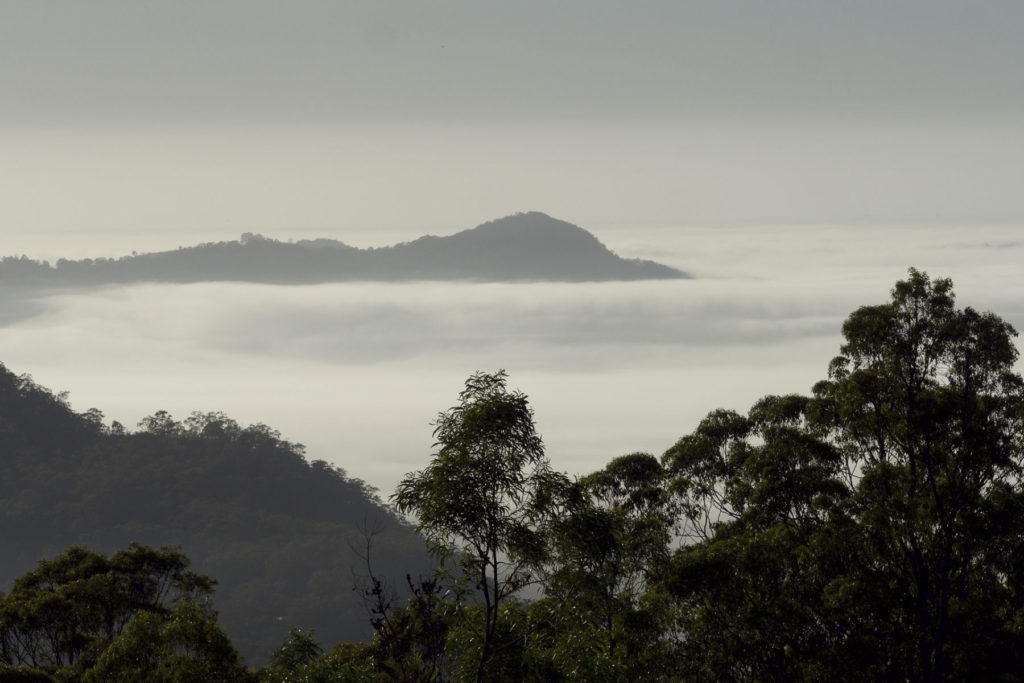
Misty morning, Image Heather Miles
And it looks spectacular in a lightning storm, but alas, still no rain!
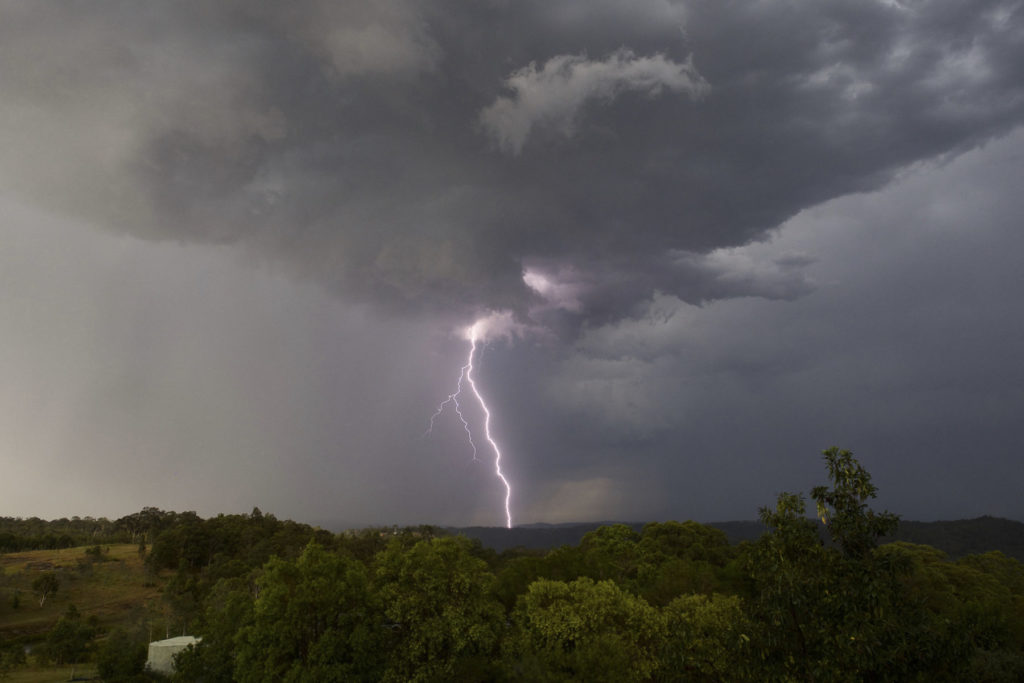
In the last 12 months, we’ve had less than 80% of the 10 year average and virtually no rain since the end of October. Combined with a long run of very hot days (over 40 degrees) and the garden and landscape are browning off big time. It’s not all that pleasant walking on crunchy grass!
My rural garden generally survives on just rainfall, with very occasional watering, but given the water tanks are so low, hand watering is not an option. All this means that while some plants in the garden are thriving, other areas are looking very ratty indeed with a few of the long-established trees and plants going to the big mulch pit in the sky.
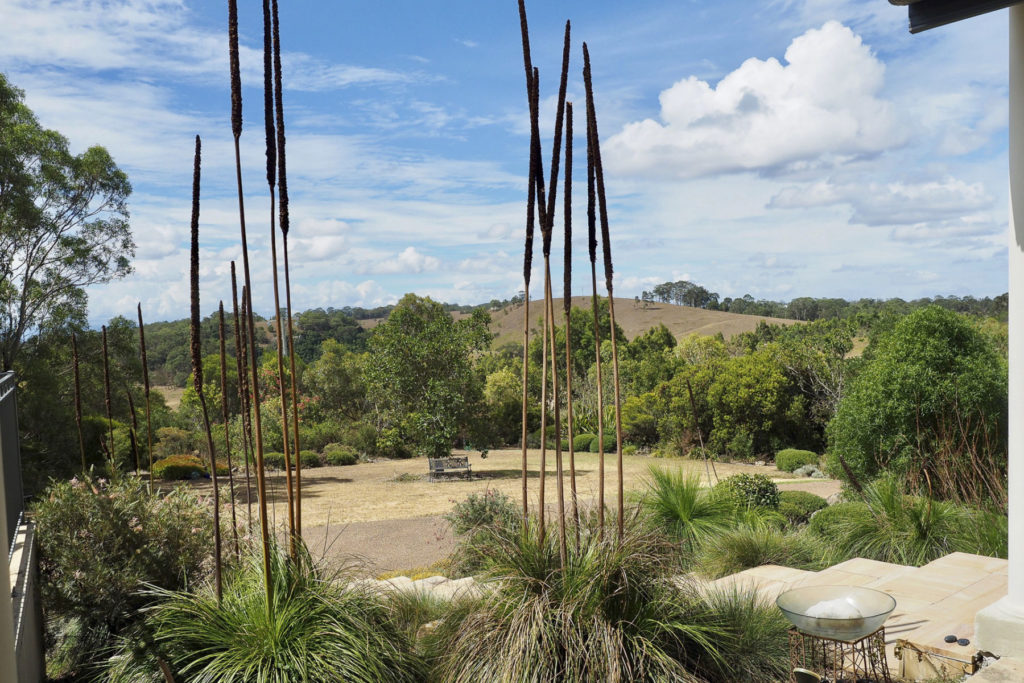
Microclimates of course are a critical element of what survives and doesn’t. In my predominantly clay soil on the top of a hill, those areas with a touch of moisture are in reasonable shape, but in other areas with full sun and no water flow, the ‘soil’, if we can call it that, has gone rock hard.
So what’s going well and what’s not?
The callistemon don’t realise there’s a water shortage. Callistemon ‘Little John’ is looking fabulous and putting out a flush of brilliant red colour and dense grey-green foliage. Ditto with Callistemon citrinus ‘Endeavour’, with its vibrant red flowers and vigorous growth. A hedge of these in flower look wonderful brightening up the otherwise grey-green (and brown!) look of the garden.
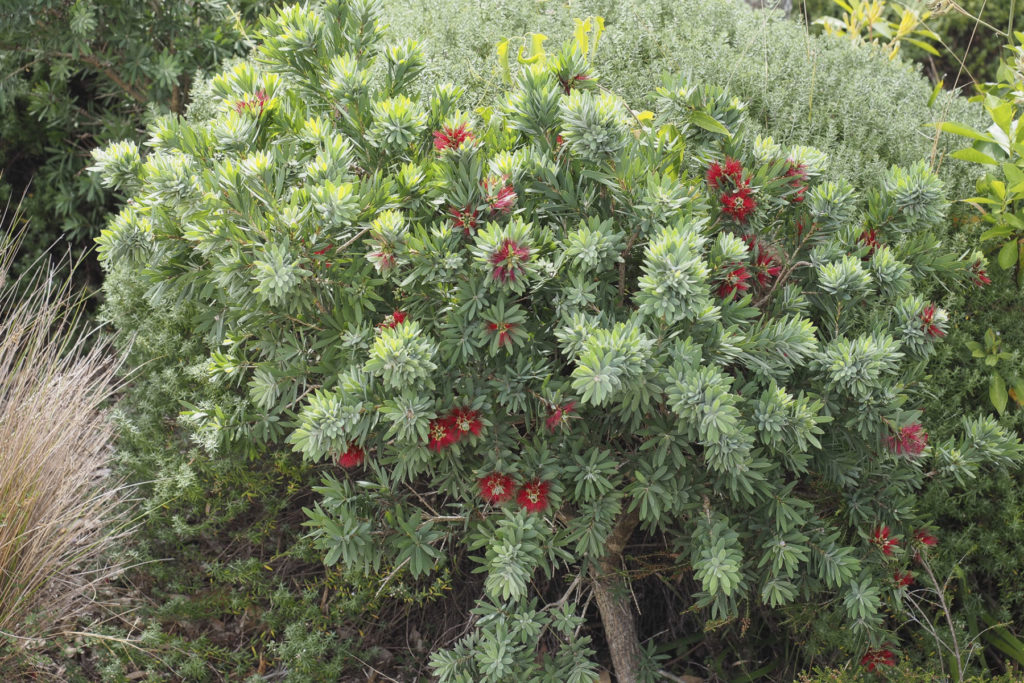
The Leptospermum are thriving and a newly established (2 years) grove of Leptospermum horizontalis with its tough, lime green foliage is looking lovely against the very robust Westringia ‘Smokey’. These plants seem to thrive in both soggy clay when it rains and rock-hard clay when it’s dry like now.
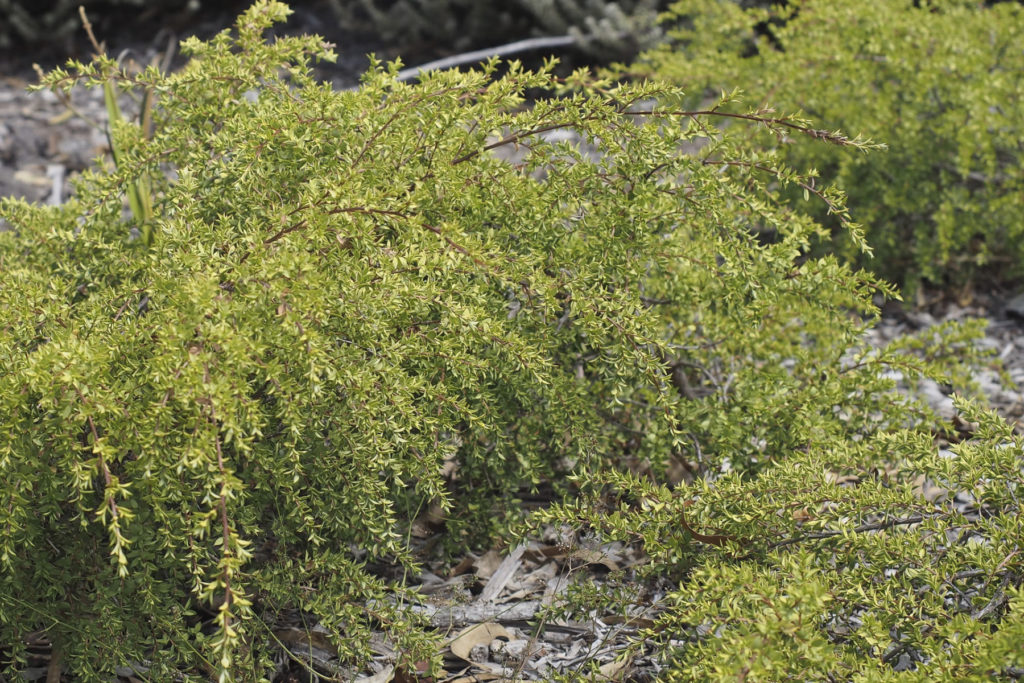
The kangaroo paws (Anigozanthos) with their dried-out flower heads are looking quite architectural, and I’ve left them unpruned longer than I normally would to get the New Wave look of Piet Ouldorf (or have I just been too lazy?). I was also hoping that the moisture in the flower stalks could be re-absorbed. We’ll see if that works.
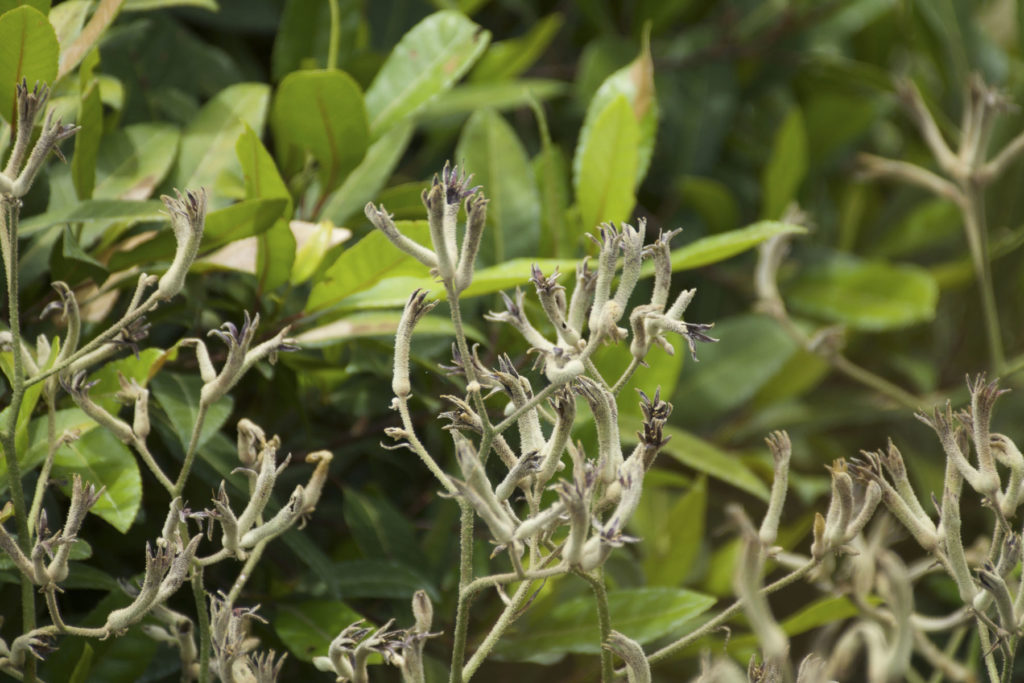
Some of the grasses like Austrostipa and Themeda add to the meadow-like look. There’s nothing more calming than watching grasses (even browned off ones) blowing in the wind. And of course that means food for the wallabies!
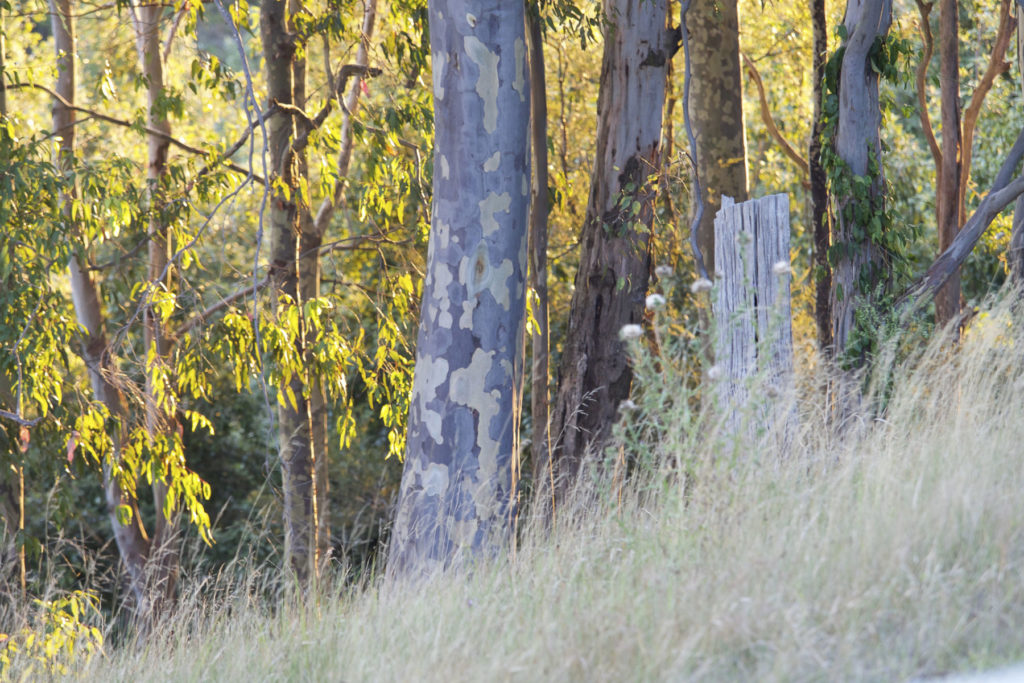
My red cedars (Toona ciliata) and the snow gums (Eucalyptus paucifolia) along the driveway are happy enough and have put on good growth, benefiting from run off from the driveway. The Lomandra hystrix are plump with seeds. This makes for a nice shady grove on those hot, hot days.
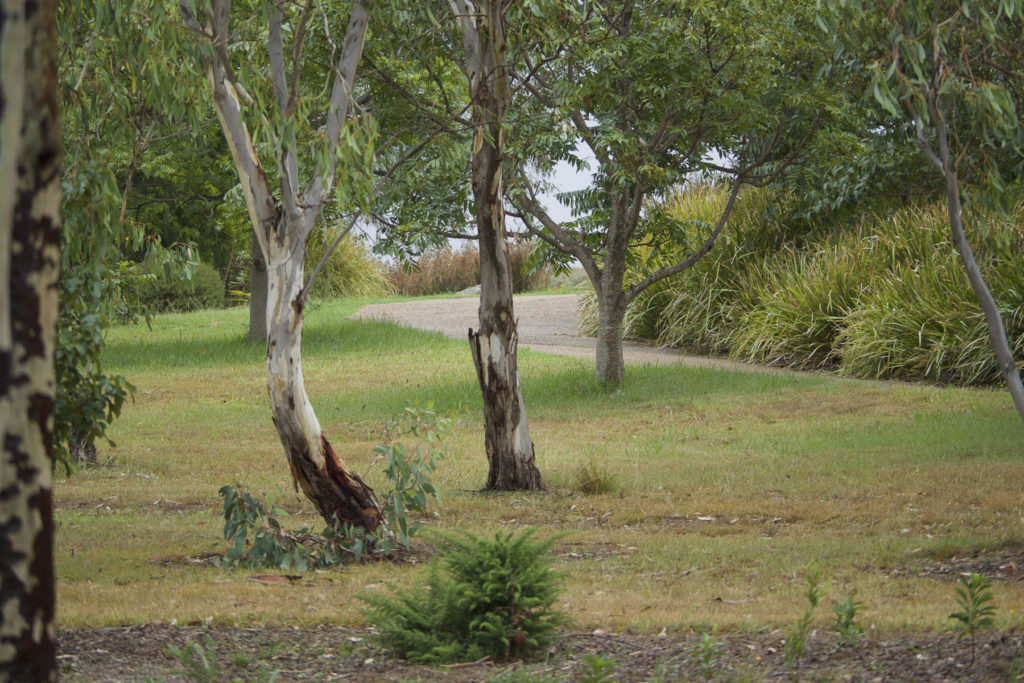
The Queensland bottle tree (Brachychiton rupestris) underplanted with Scaevola, lollypop Elaeocarpus reticulatus (pink form), westringia and kangaroo paws are all doing well, benefiting from an underground stream and some ag pipes that run below the house.
Underplanting of pink Scaevola helps with water retention
The very pretty Thomasia are just finishing off, although their lovely grey soft felty foliage continues to stun. And the NSW Christmas bush (Ceratopetalum gummiferum) has done well this year, flowering for a longish season, despite the lack of rain.
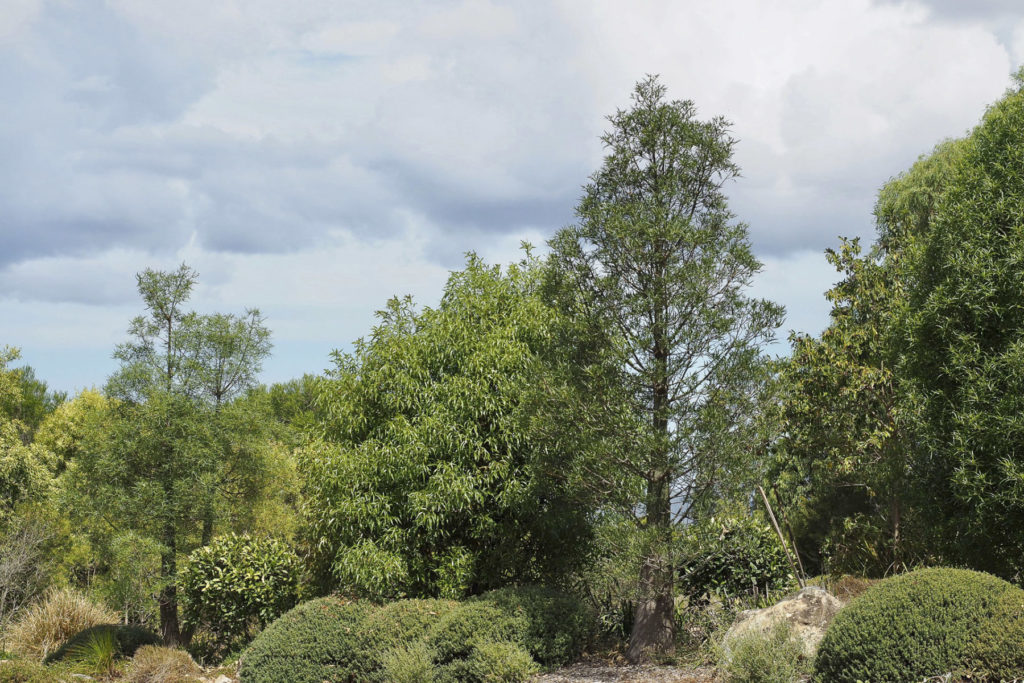
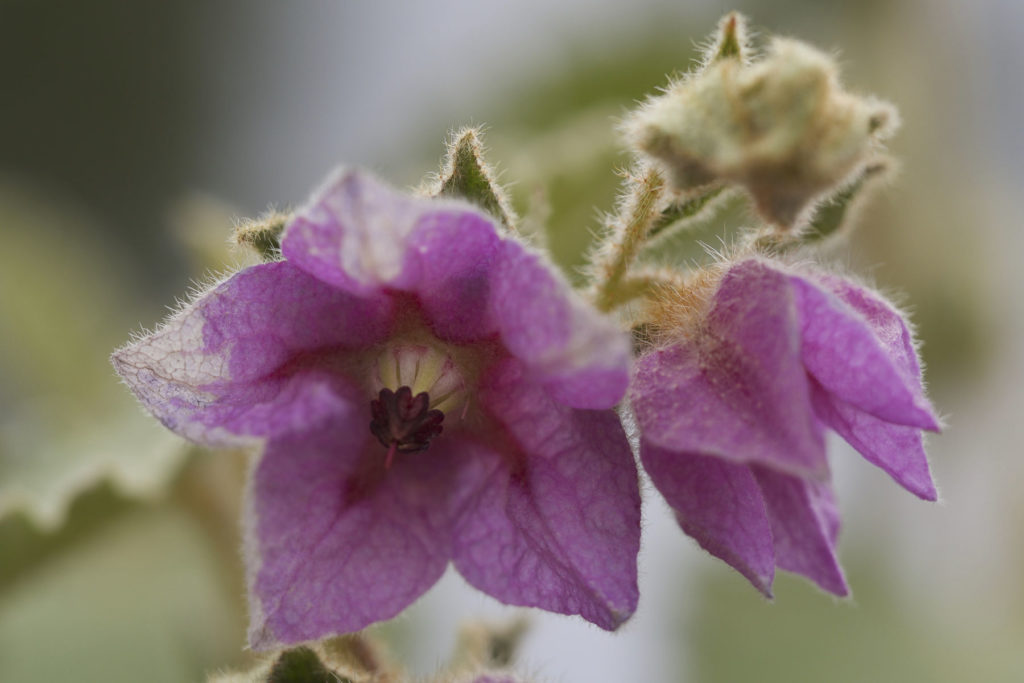
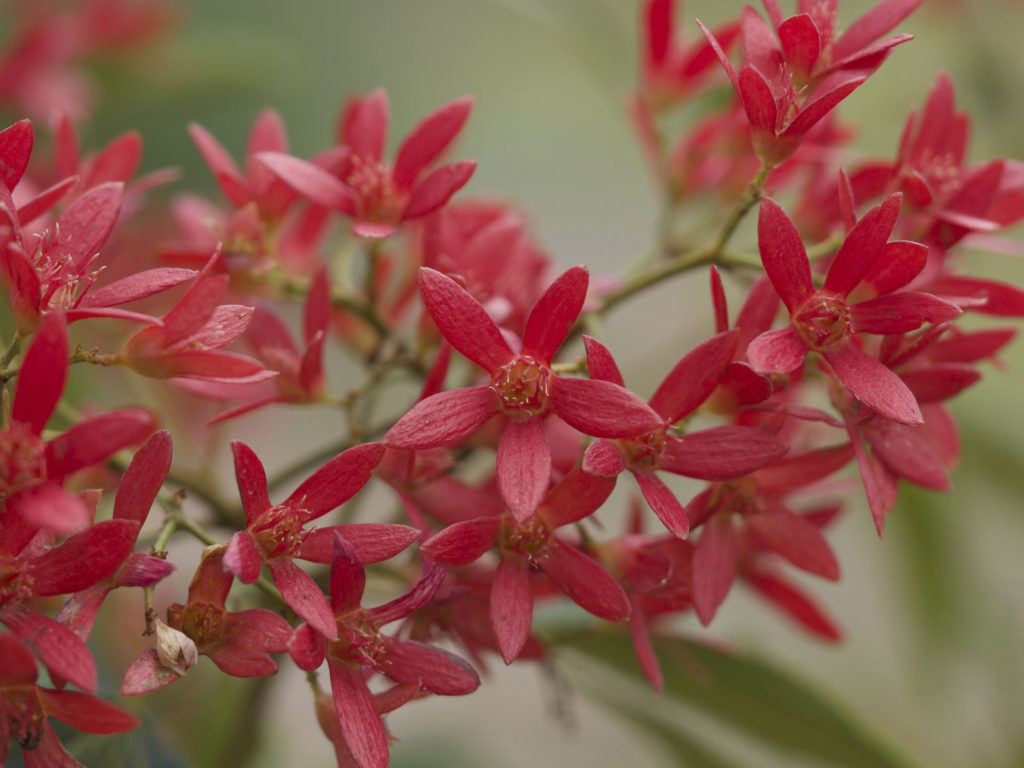
The grevilleas say ‘bring it on’ and are flowering profusely as well as putting on dense foliage growth. The bees and ants are having a lovely feast, as are the little birds flittering about the garden. I’ve kept their water bowls full.
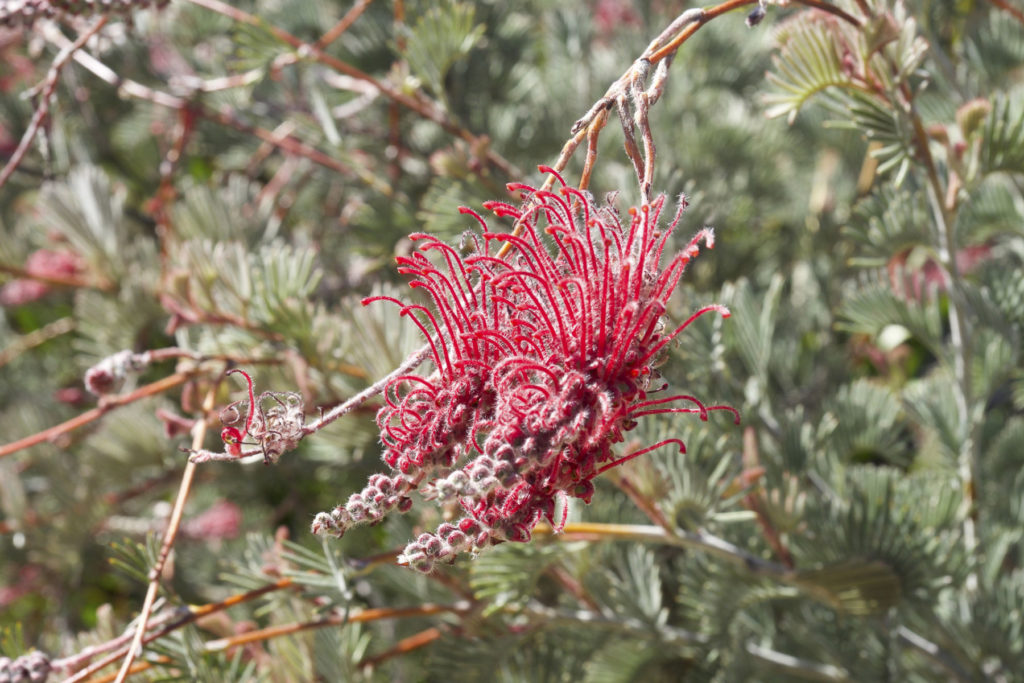
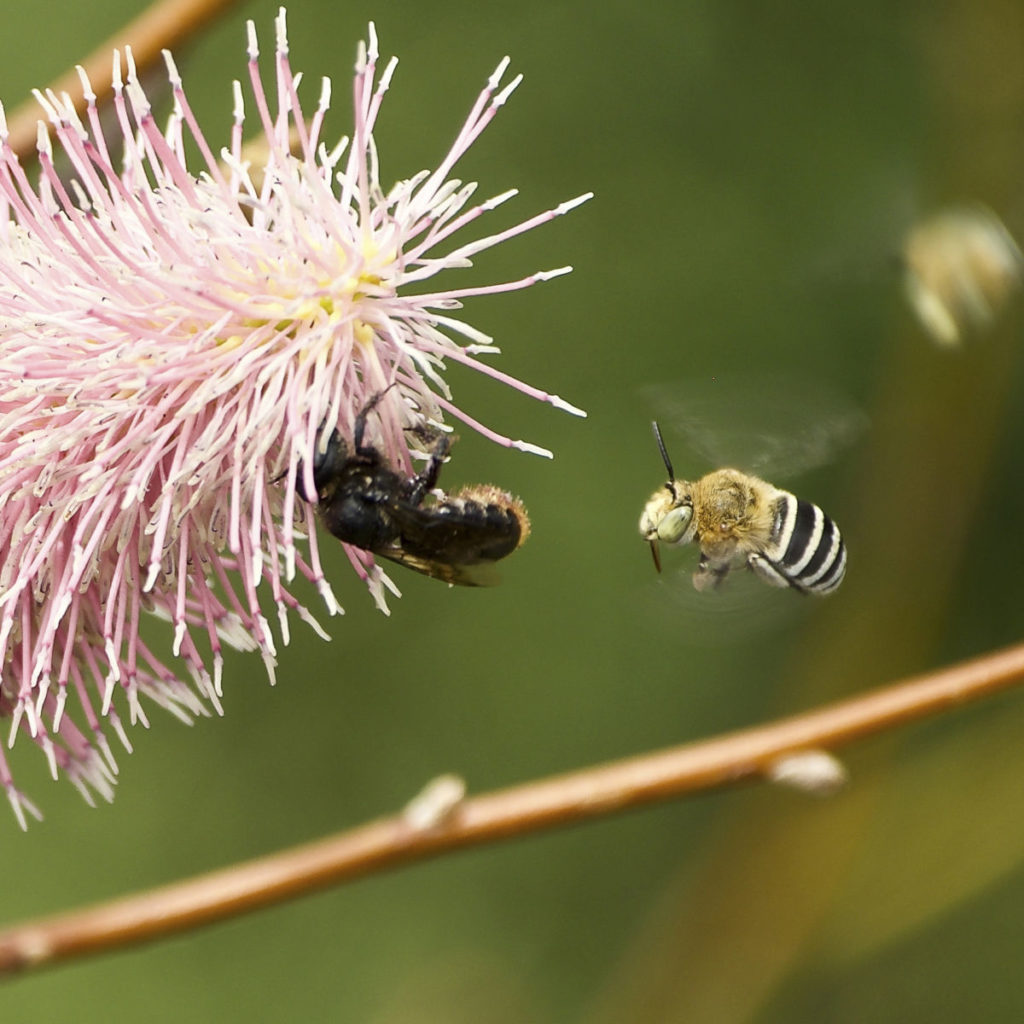
The Corymbia ficifolia (grafted) has put on a superb display of stunning red flowers and is another source of pollen for the bees as well as brightening up the garden.

So lots of the garden and plants are thriving, even though the middle of summer is not the most bountiful time of year in the garden. I am constantly amazed by the resilience of our unique Australian flora.
But what about those plants that are not so happy?
Sadly, I’ve lost a number of banksias (who’d have thought?). One is a 10 year old coast banksia Banksia integrifolia which in the last week just turned up its toes. I guess it was just too out of its comfort zone, coming from, well…the coast.
And two Banksia plagiocarpa, the mauve flowered Hinchinbrook banksia, have also carked it. There’s one remaining which I have given some token watering to see if I could save it.
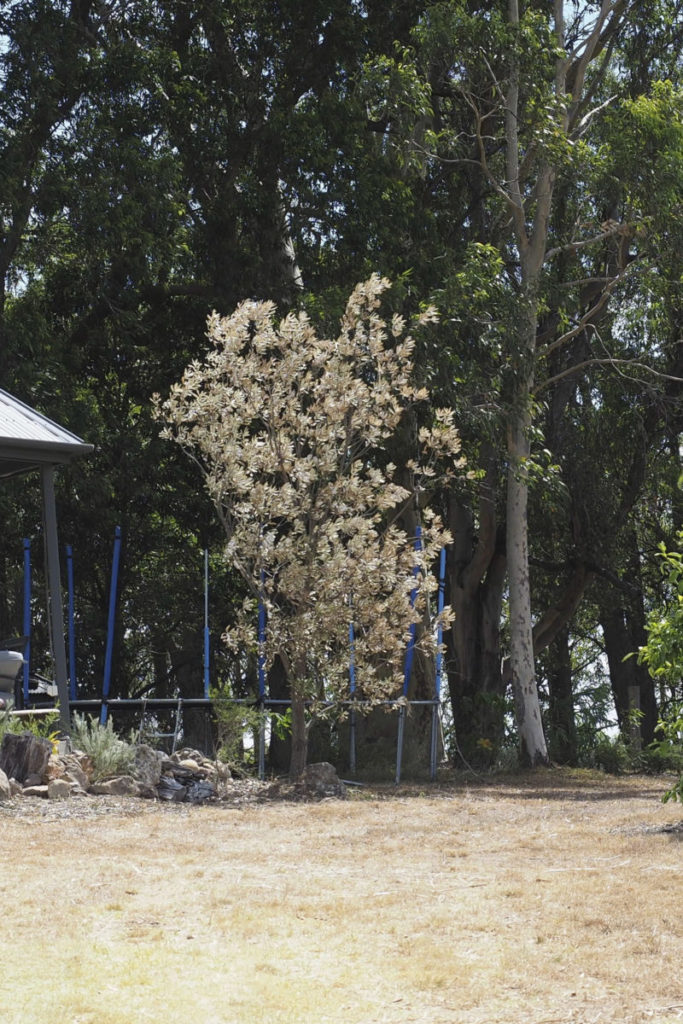
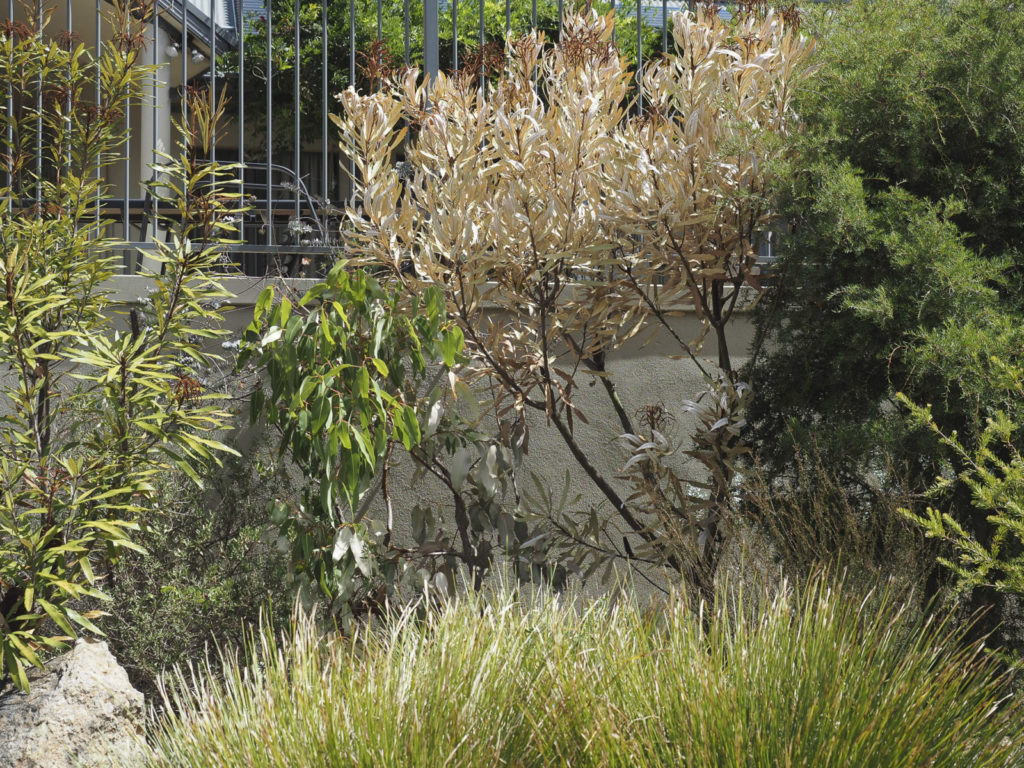
One of three Hinchinbrook or blue banksia (Banksia plagiocarpa) on its way out, Image Heather Miles
The Prostanthera are seriously challenged, curling up their leaves and looking very withered. I suspect I will lose them all, unless we get rain in the next week or so. Perhaps they were close to end-of-life anyway, being about 7 years old. They were becoming a bit leggy and were due for a bit of a prune. I think it will be a chain saw, rather than a pruning job.
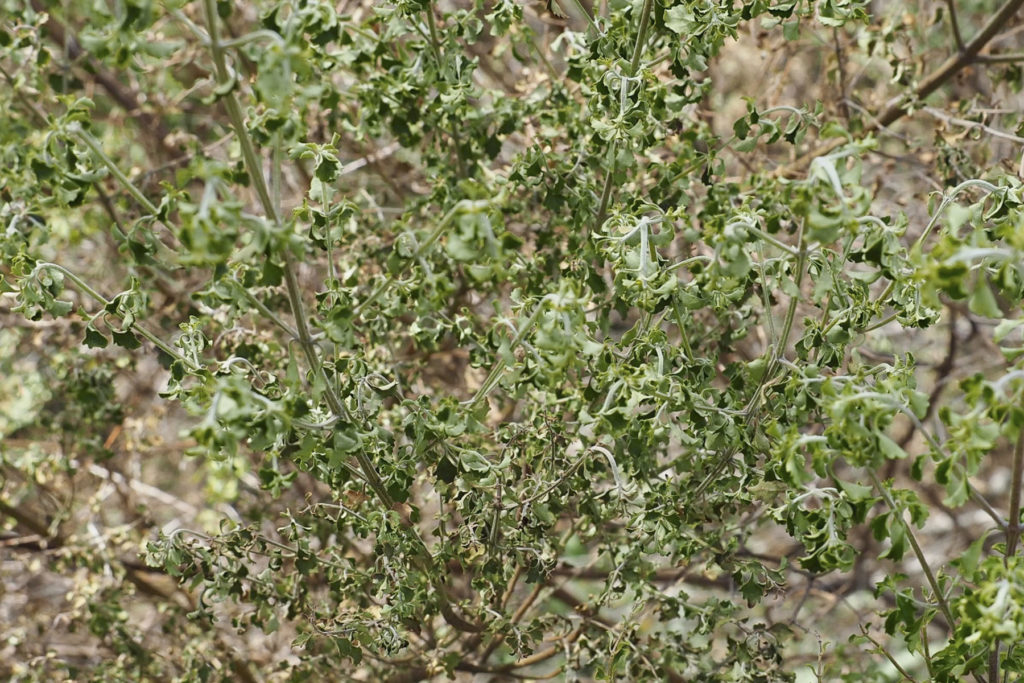
The 40+ degree days have burnt the foliage of the Acacia cognata ‘Limelight’, although it may recover. From past experience, the burnt sections die off and are replaced over time with new growth, water and temperature permitting.
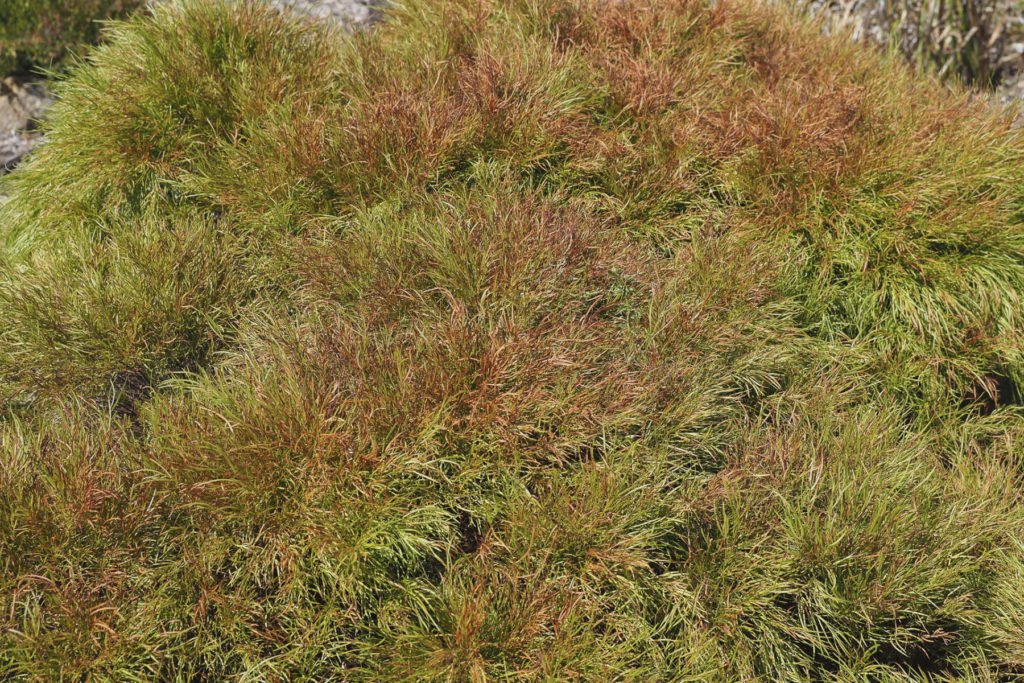
But I’m not so hopeful for the Hakea ‘Burrendong Beauty’, which only has green growth at the very end tips of its branches. Such a pity, as this is a stunner with its beautiful red/scarlet flowers all down its stalks.
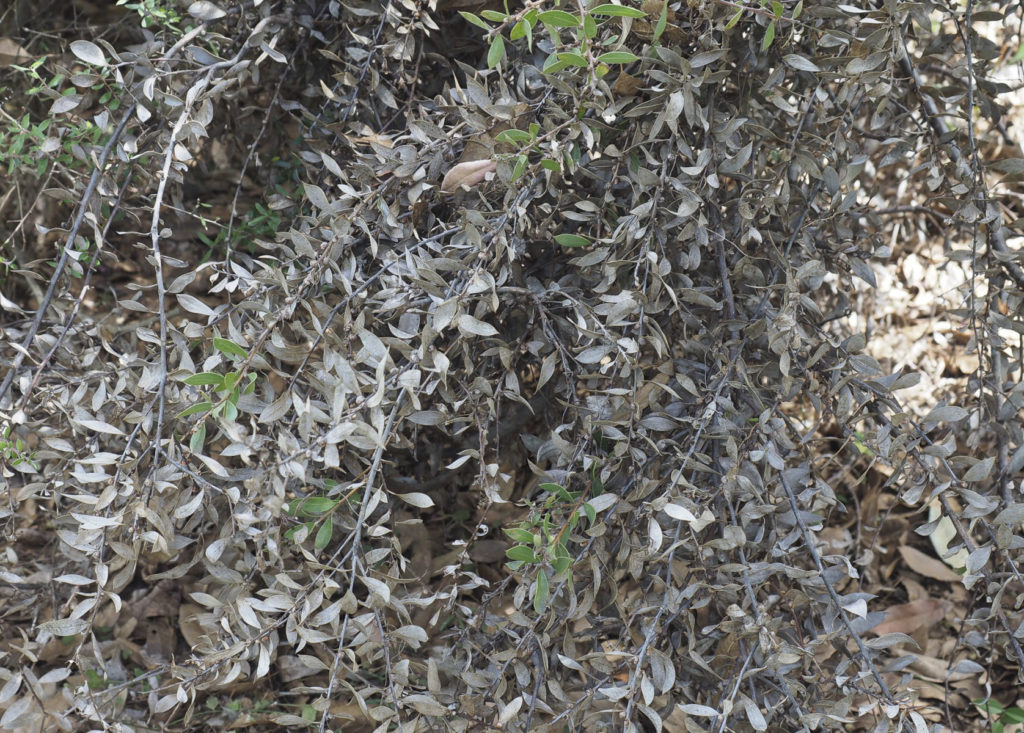
The Lomandra longifolia is asking to be completely chopped down, but I will leave it until it can recover a bit post rain. I’ve never done much pruning of the Lomandra but understand I should cut to the ground say every 3 to 4 years and let it regenerate from there. The pruning shears do struggle with this job though. It’s a tough grass!
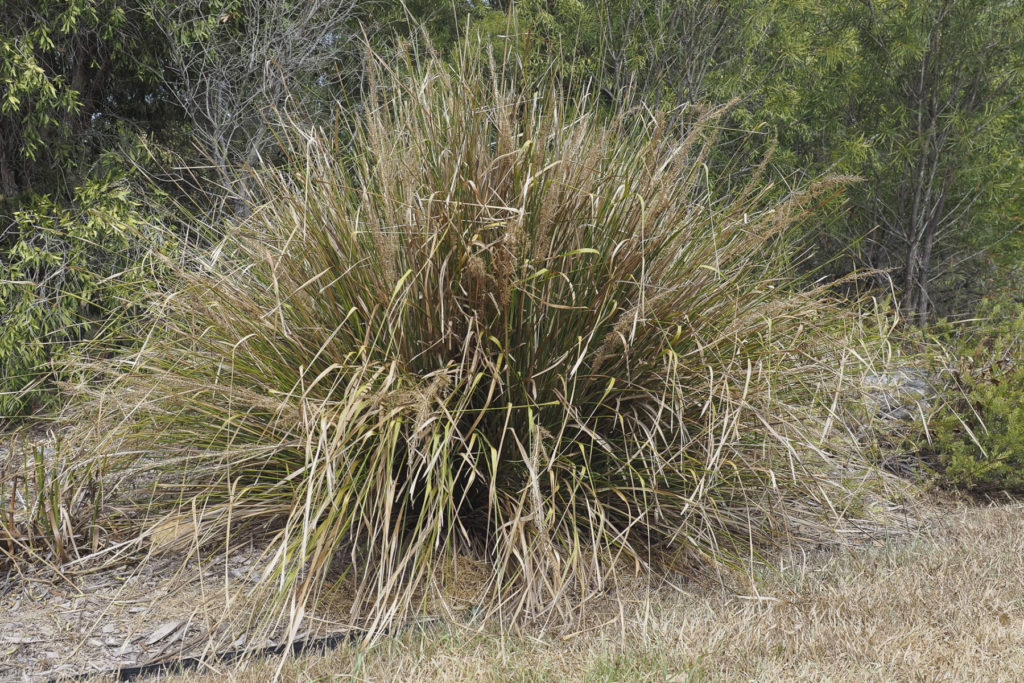
Most of the lilly pillies are fine, but one has very burnt and desiccated leaves. I can only put this down to either heat stroke or different levels of water access. It’s quite unusual to have two similar plants not 3 metres from each other and one is green and lush and the other is dried out.
So all in all, a very tough time in the garden. I know it is character-building, but as I watch some favourite plants die off, it does make me sad.
Still, I guess those holes in the garden are new opportunities! And it’s good to celebrate those plants that are thriving. Thank goodness for the beauty and resilience of our Australian natives!
This article first appeared in GardenDrum, in February 2018.
